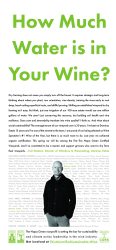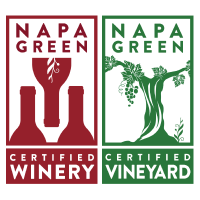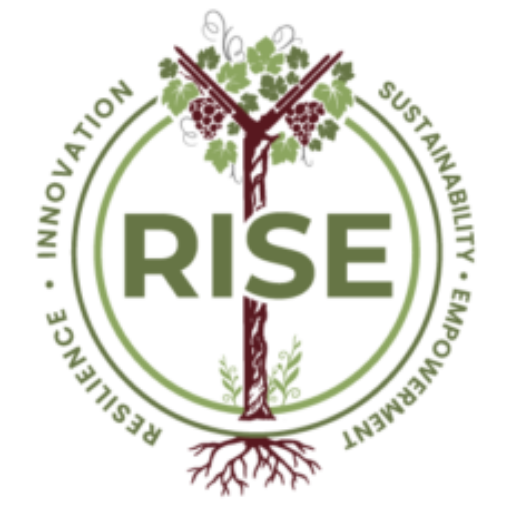WATER
efficiency
SUSTAINABILITY LEADERSHIP PILLAR:
Water Savings & Efficiency
- Soil and plant sampling to determine vine water stress
- Doing irrigation assessments to catch any leaks or clogs and maximize efficiency of the drip irrigation
- Install technologies like Tule and/or Ranch Systems that provide real-time water stress and weather data to precisely target irrigation
- Using steam to clean barrels and bottling lines
- Using new products and technologies that dramatically reduce the amount of water needed to clean tanks (e.g. Destainex, FilmAway, BlueMorph UV)
- Install native, drought-tolerant landscaping and remove or limit lawn
- Only water during early-morning and apply mulch to prevent evaporation
- Track and review water use monthly to quickly catch any leaks (leaks are not uncommon, particularly in landscaping!)
- Install new water meters that allow managers to track water use in real-time from their desks (e.g. Badger AquaCUE)
Dominus estate Story
Dry farming does not mean you simply turn off the faucet. It requires strategic and long-term thinking about where you plant, row orientation, vine density, training the vines early to root deep, hand-cutting superficial roots, and skillful pruning. Shifting an established vineyard to dry farming isn’t easy. But think, just one irrigation of our 100-acre estate would use one million gallons of water. We aren’t just conserving this resource, but building soil health and vine resilience. Does care and stewardship translate into wine quality? I think so. And what about social sustainability? The average tenure of our vineyard crew is 20 years. I’ve been at Dominus Estate 15 years and I’m one of the newest to the team. I am proud of our being selected as Wine Spectator’s #1 Wine of the Year, but there is so much more to do. Last year we achieved organic certification. This spring we will be among the first five Napa Green Certified Vineyards. And I’ve committed to be a mentor and support growers who want to dry farm their vineyards.
WATER SAVINGS & EFFICIENCY champion Stories
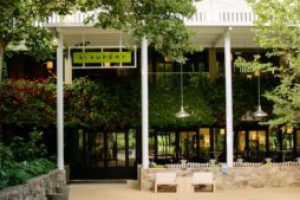
Simple Steps to Reduce Winery Water Use
As one of the original members of both the Napa Green Certified Land and Winery programs, St. Supéry Estate Vineyards & Winery recognizes that sustainability is a path, not a destination. One of their key discoveries on the path to improvement is that day-to-day awareness and staff empowerment are critical.
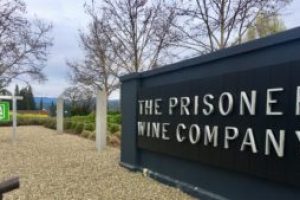
Napa Green Champions Make Water Efficiency Mainstream
Looking for some new ideas to improve water efficiency, and simultaneously save energy? Here are a few examples of what some Napa Green wineries are doing to baseline and track water use to inform decision making; engage staff through “Blue Teams;” and set ambitious and inspiring goals like becoming the first Living Building Challenge certified winery.
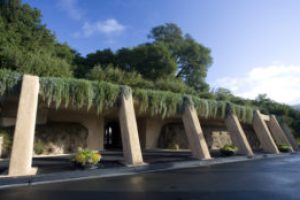
Green Team Sustainability Leadership at Stagʹs Leap Wine Cellars
Stag’s Leap Wine Cellars has been Napa Green Certified from Soil to Bottle for over a decade. As a part of their commitment to continuing improvement, they have established a cross-departmental “Green Team” to engage and empower employees.
